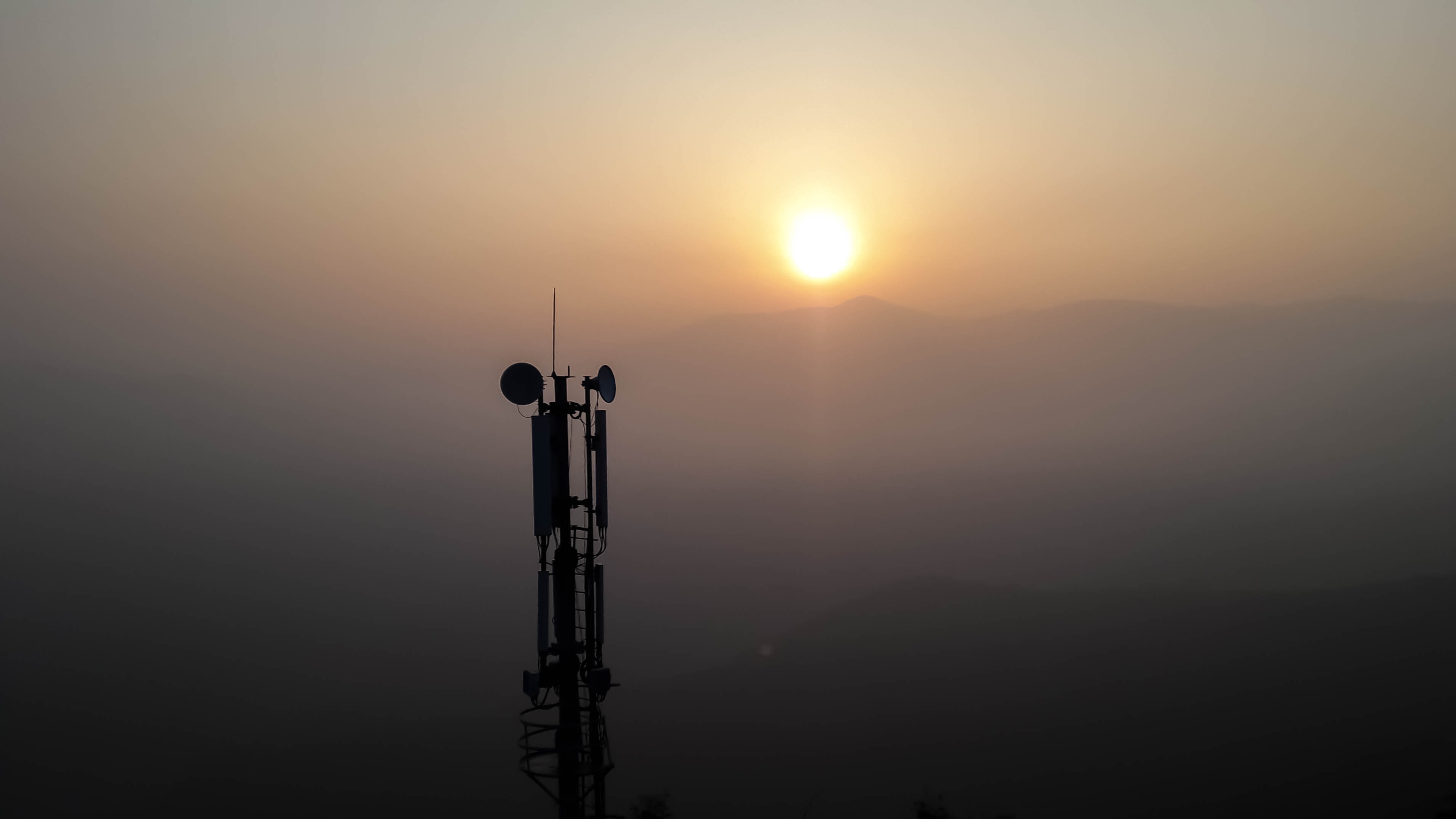
Planning on heading away with family or friends this summer?
With many Aussies choosing to holiday at home this year, travelling to rural, regional or remote areas can be a great idea for people wanting to escape the bustle of the city. However, city-dwellers who haven’t travelled into remote parts of the country before may not be aware of the things you have to consider when it comes to staying somewhere new.
Mobile black spots and weather emergencies including natural disasters can cause telecommunications services to go down quickly. Throughout the 2019-20 Black Sumer bushfire season, evidence suggested roughly 1400 telecommunications facilities were directly or indirectly affected between December/January. With parts of the country having weathered floods and storms during the La Nina event taking place this season, being aware of the small steps you can take to stay connected if telecommunications facilities go down might just get you out of a tricky situation.
Telecommunications services impact everything from EFTPOS and ATM machines to mobile phones and internet, to landline and radio. Before you go on holidays, think about what you would do if these services were to go down. Deploying emergency generators or portable telecommunications facilities takes time. If you’re not prepared, you could be stuck without a connection for days, or even weeks. ACCAN is advocating that timeframes for new connections and fault rectification should be consistent with Customer Service Guarantee timeframes and be measured in days – not working days. For people in need of priority assistance, we’d like to see timeframes for fault rectification for living in non-urban areas be a maximum of 48 hours.
While most Aussies have access to a mobile phone, it’s not guaranteed that you’ll get service in remote areas, or that you’ll have easy access to power sources to charge your phone. Mobile black spots occur when there aren’t enough telecommunications towers in a specific area, which creates a coverage gap. No matter which provider you’re with, no one can get service in a mobile black spot. You might like to take a satellite phone with you in case telecommunications go down, or keep the locations of emergency meeting points on hand.
The Department of Infrastructure, Transport, Regional Development & Communications has developed a guide to what you should take with you as a precaution. These include:
- Portable battery powered AM radios with a spare set of batteries, to stay up to date with emergency information
- Backup power sources
- Cash, in case EFTPOS or ATMs fail because of a telecommunications or power outage
- A paper copy of contact details for family and friends
For more information about what to bring with you when travelling in remote areas, visit infrastructure.gov.au.

Comments powered by CComment